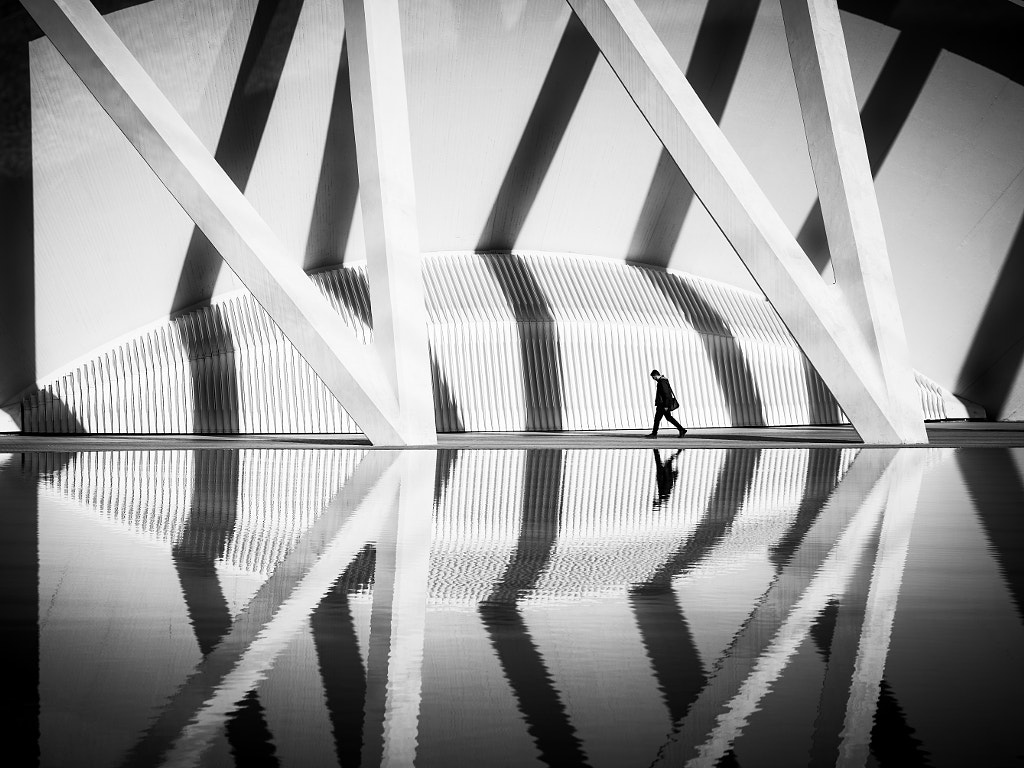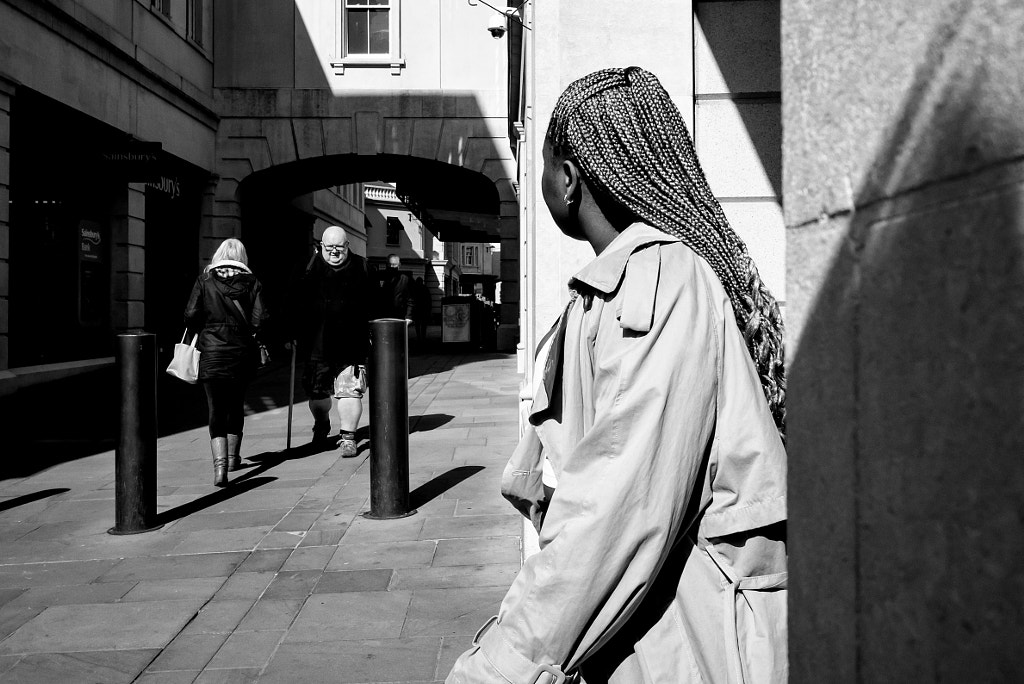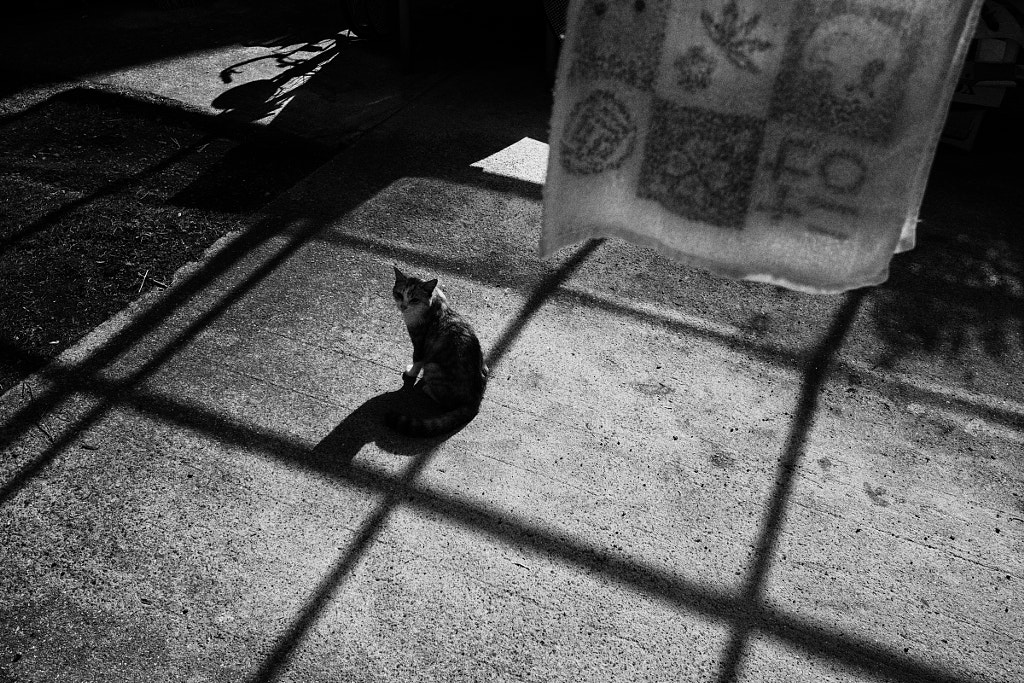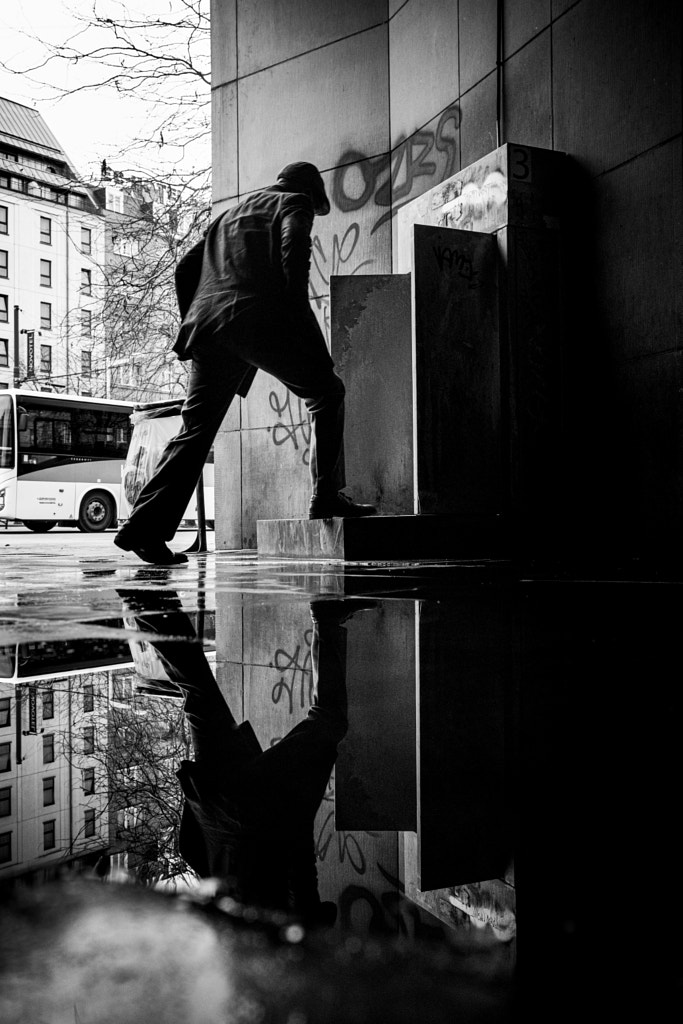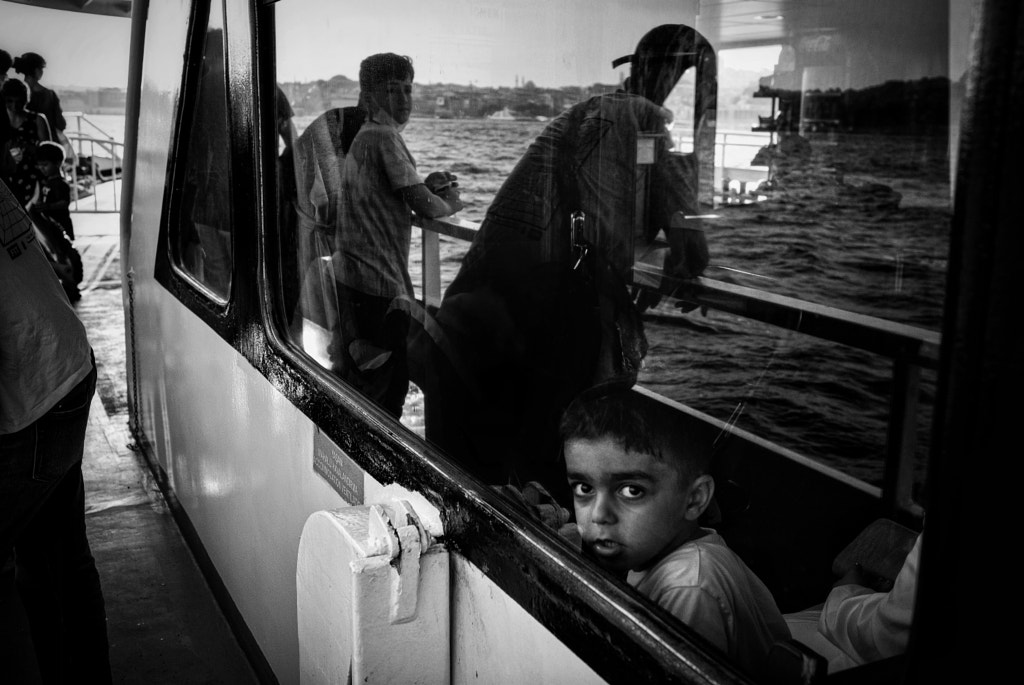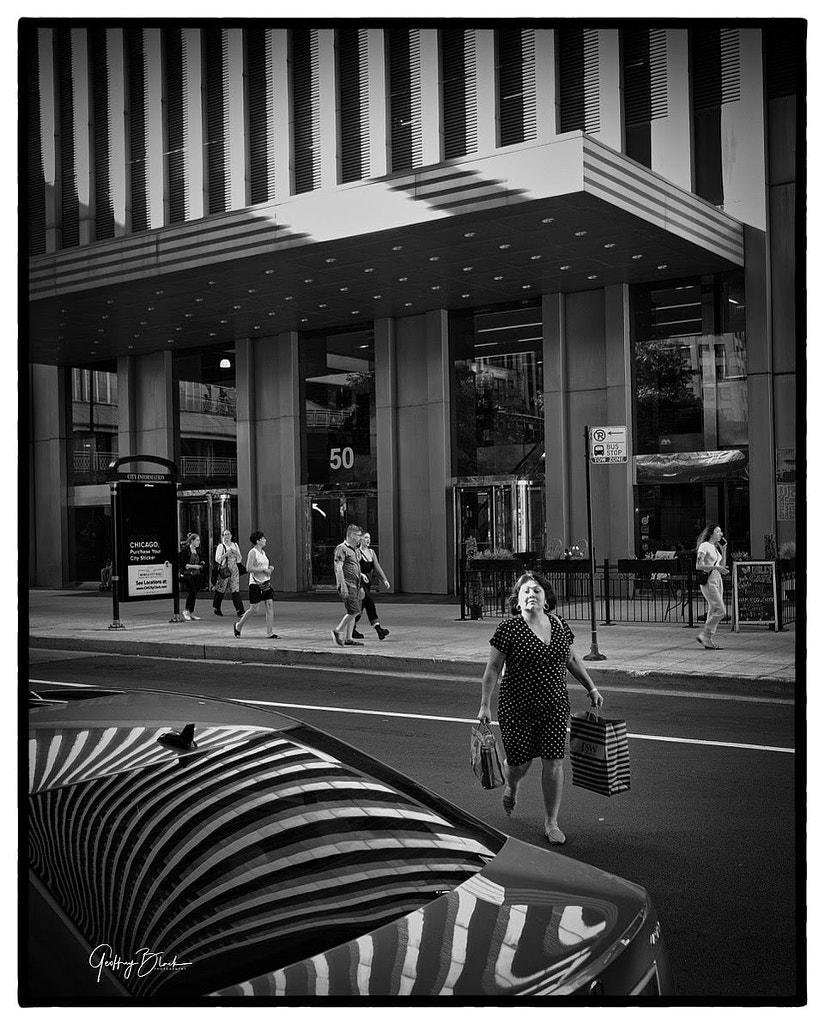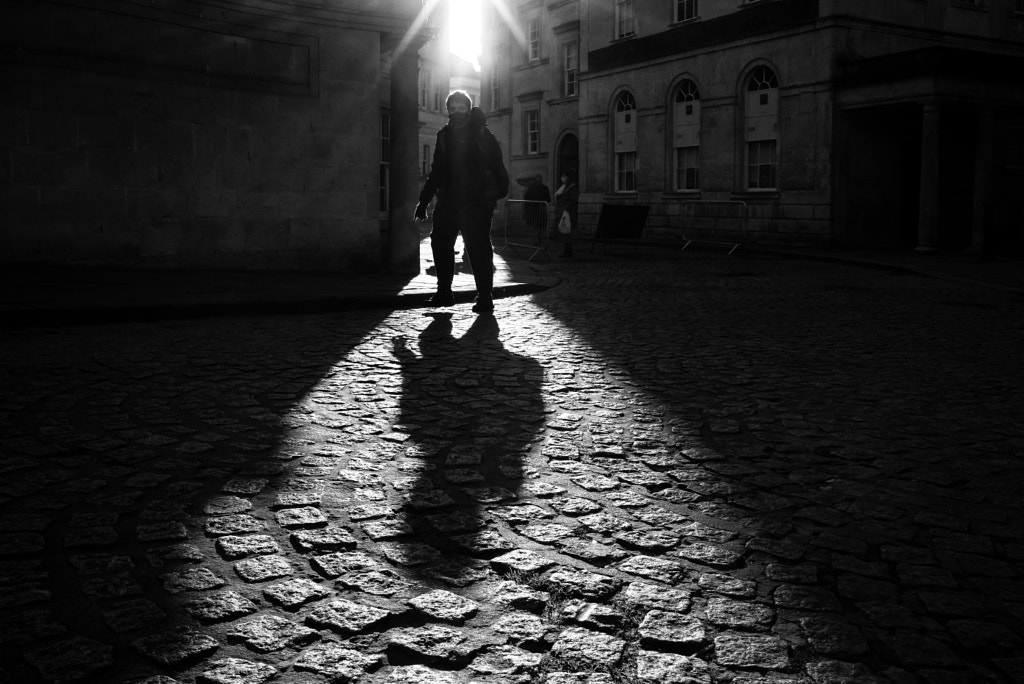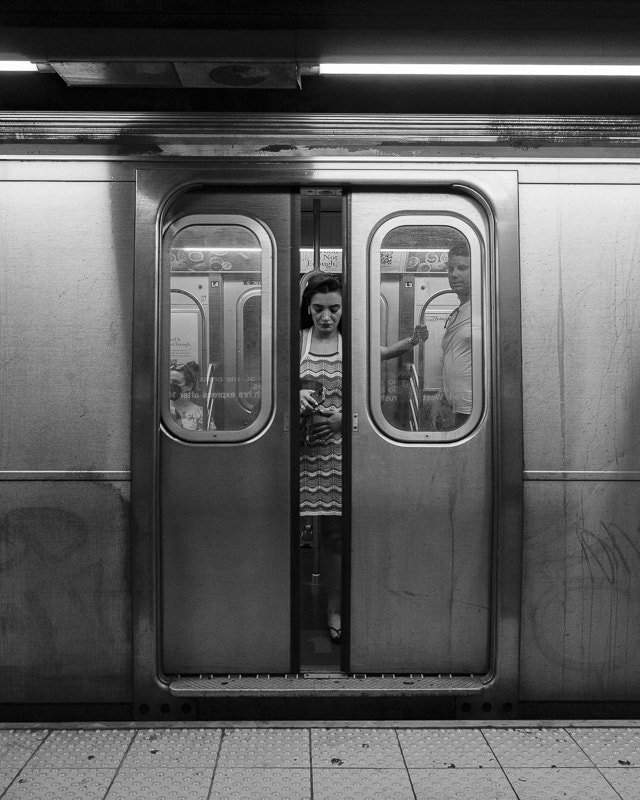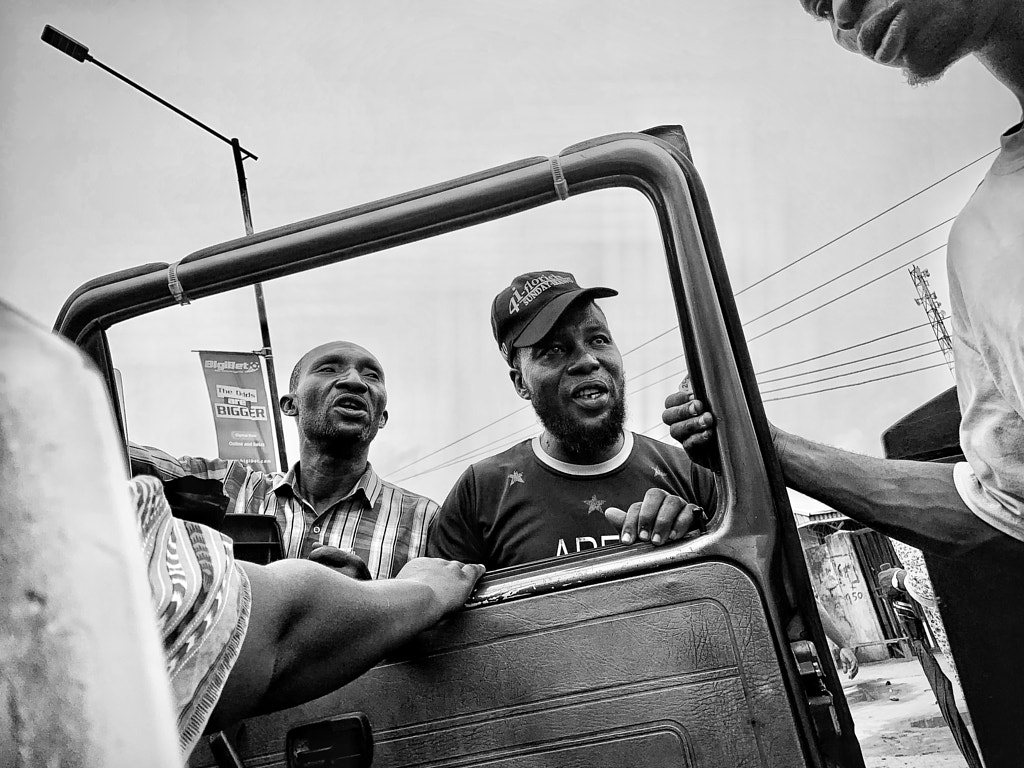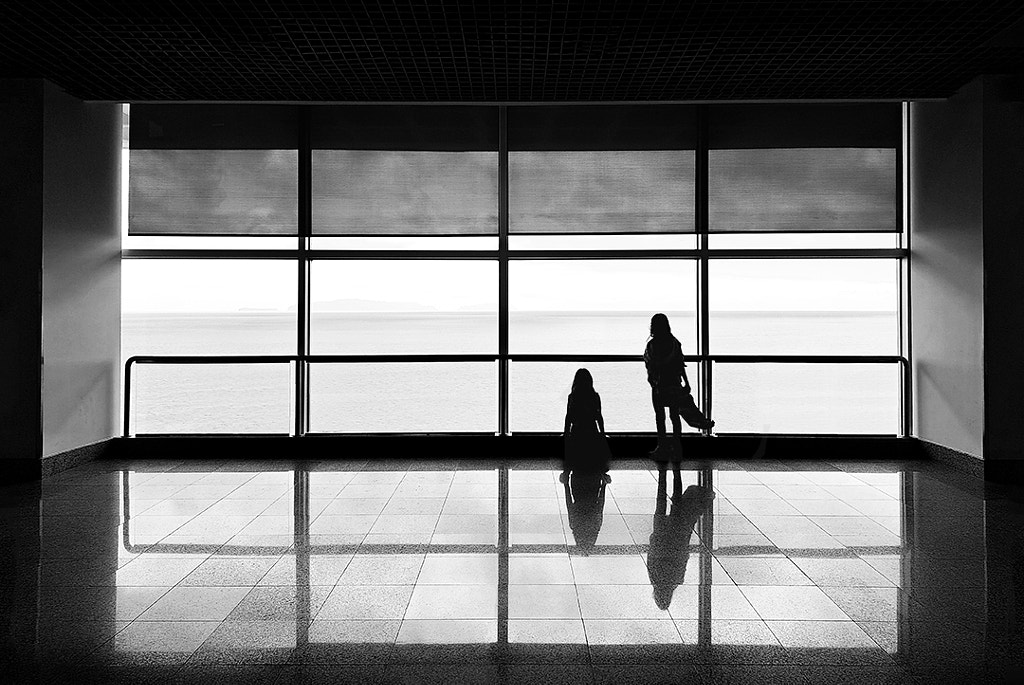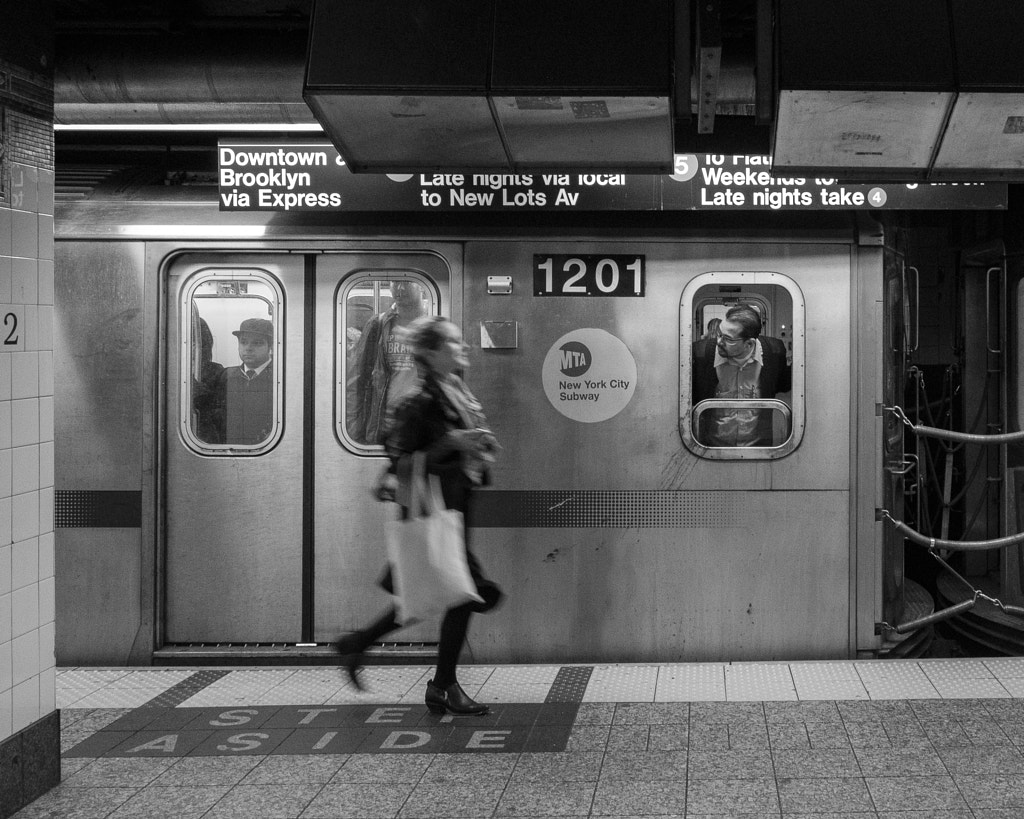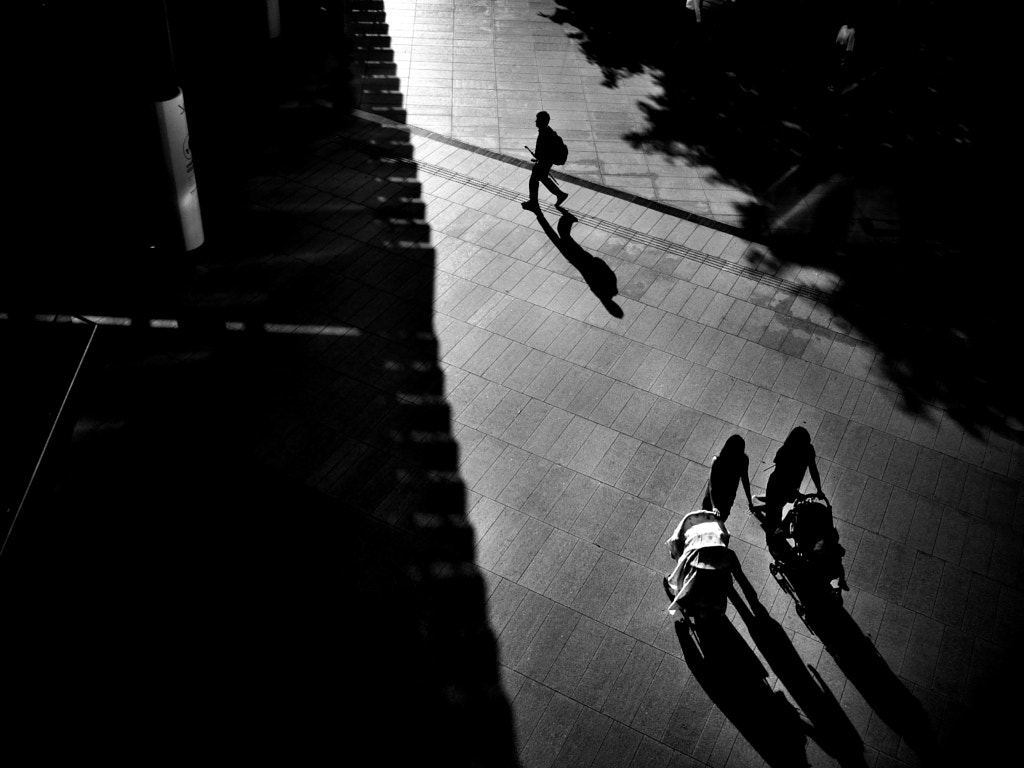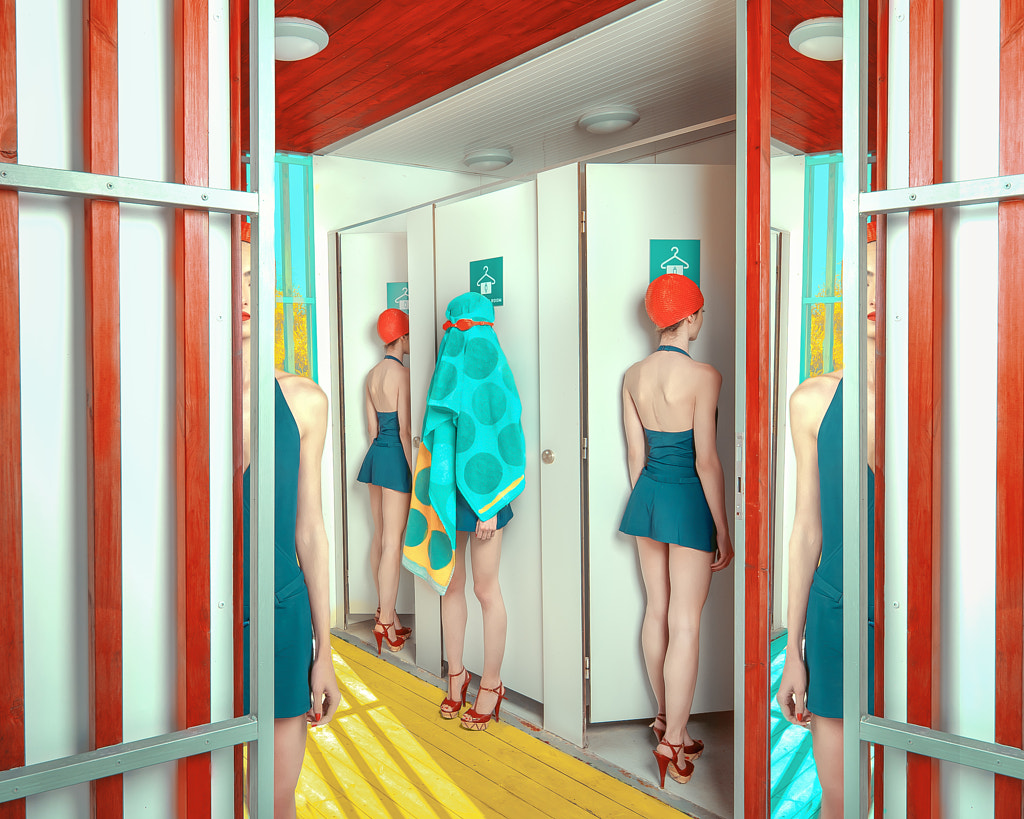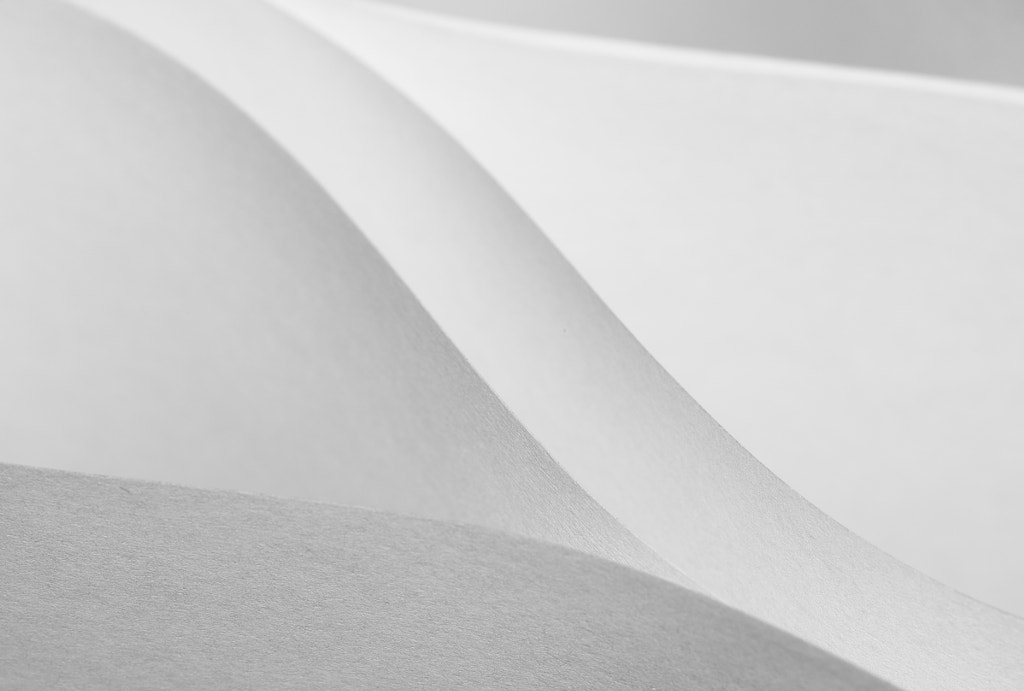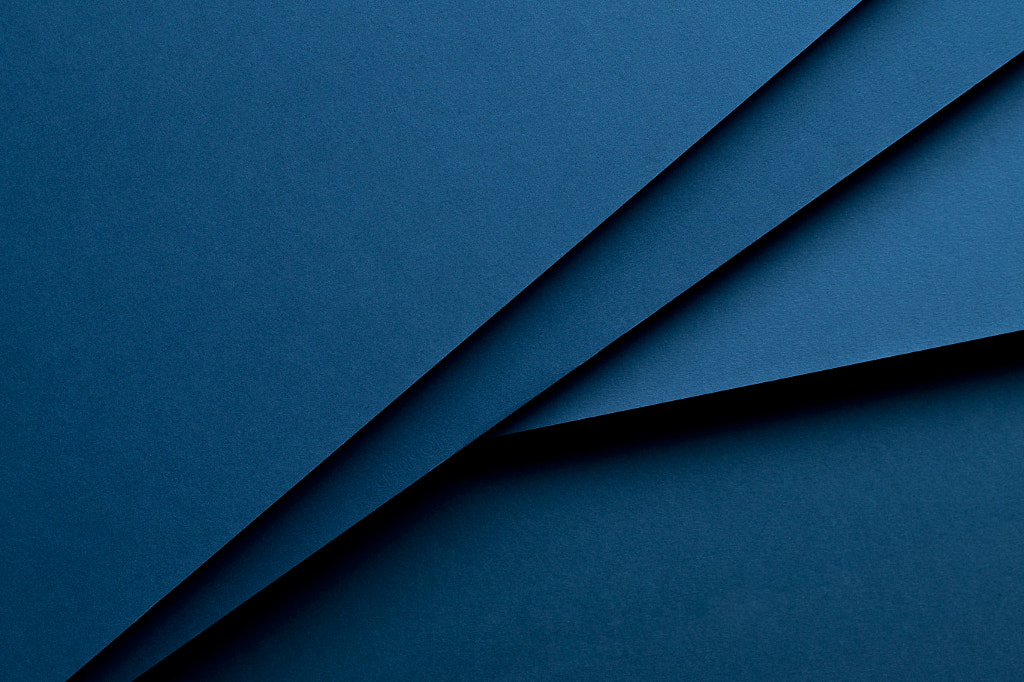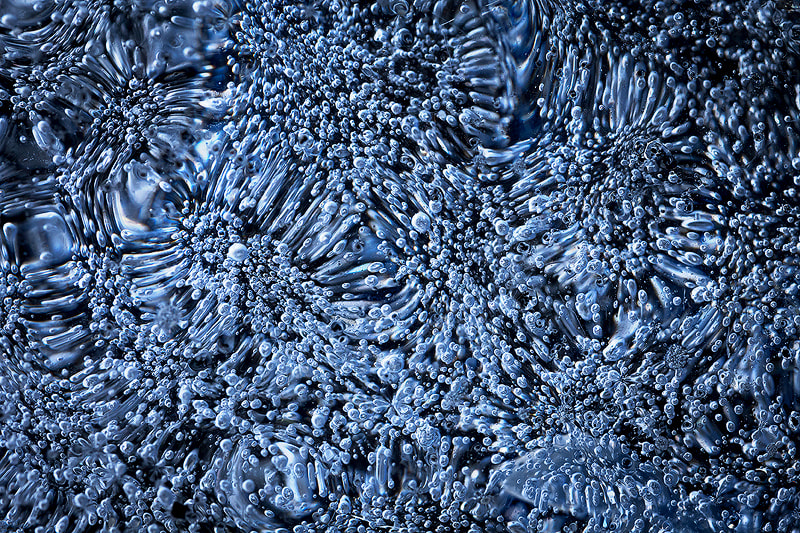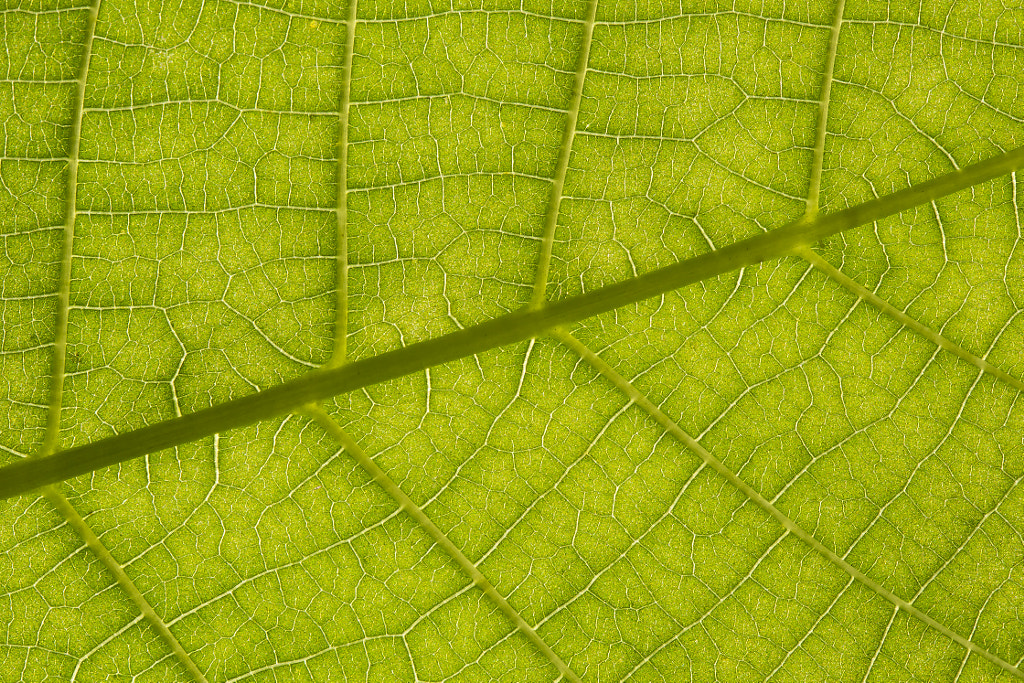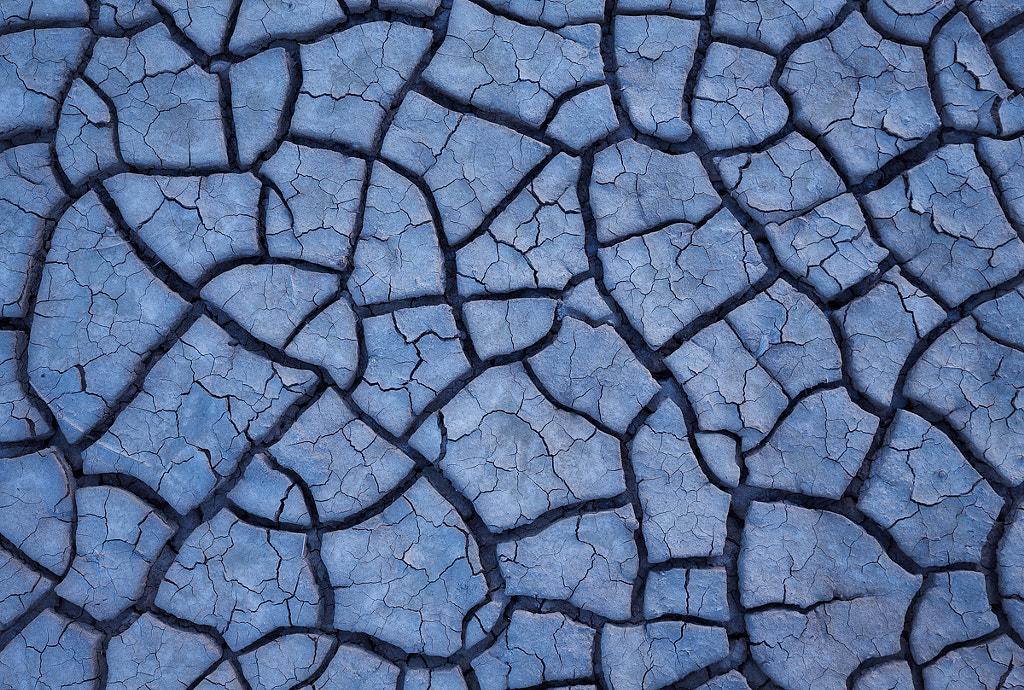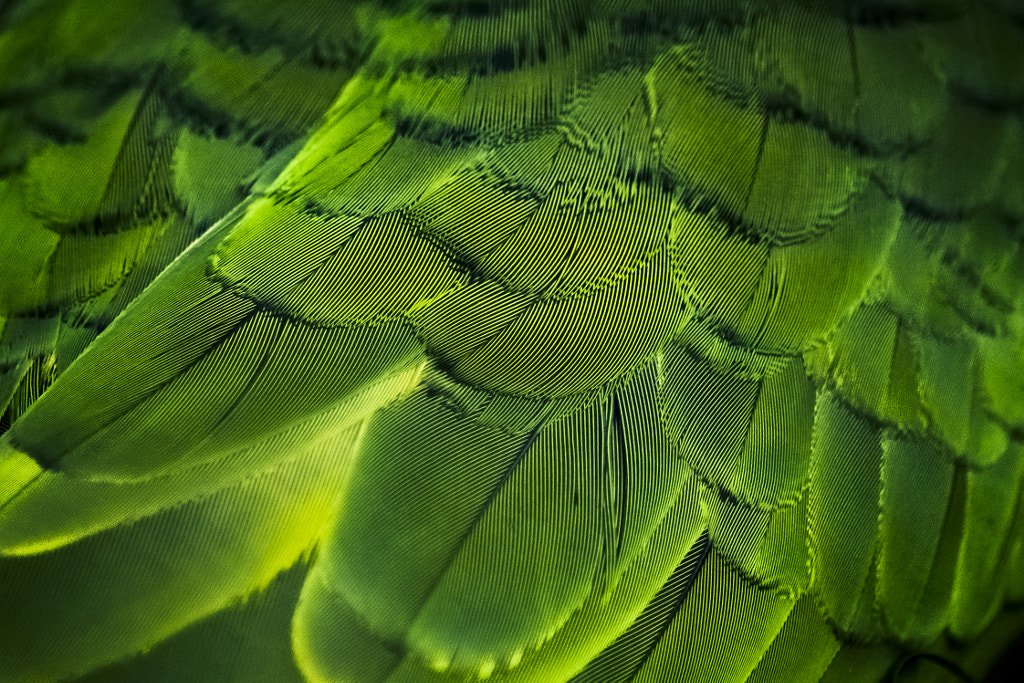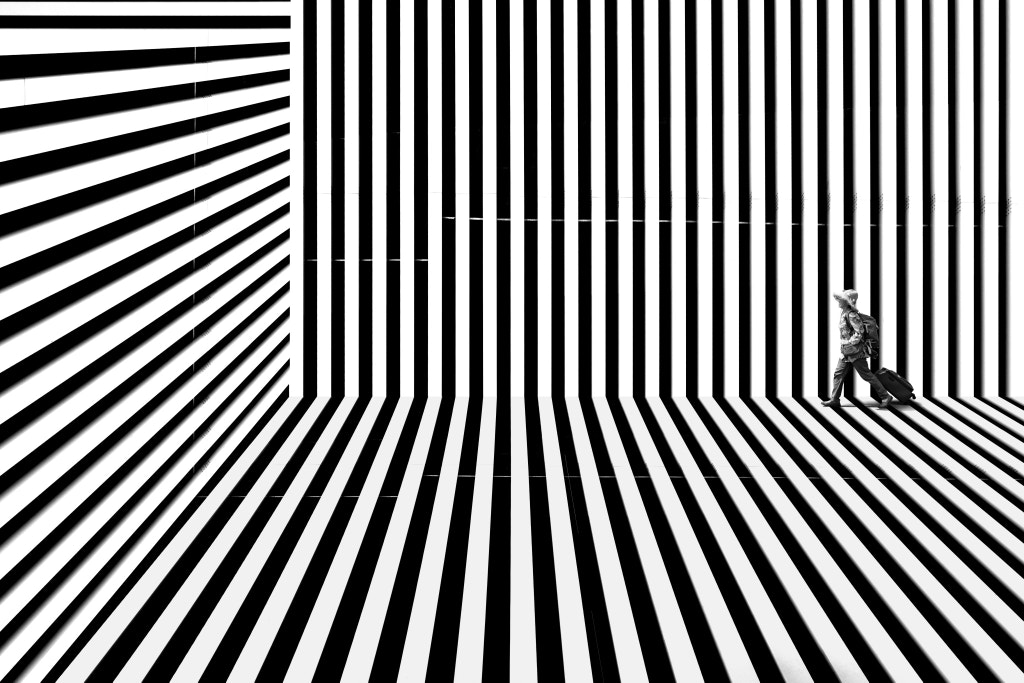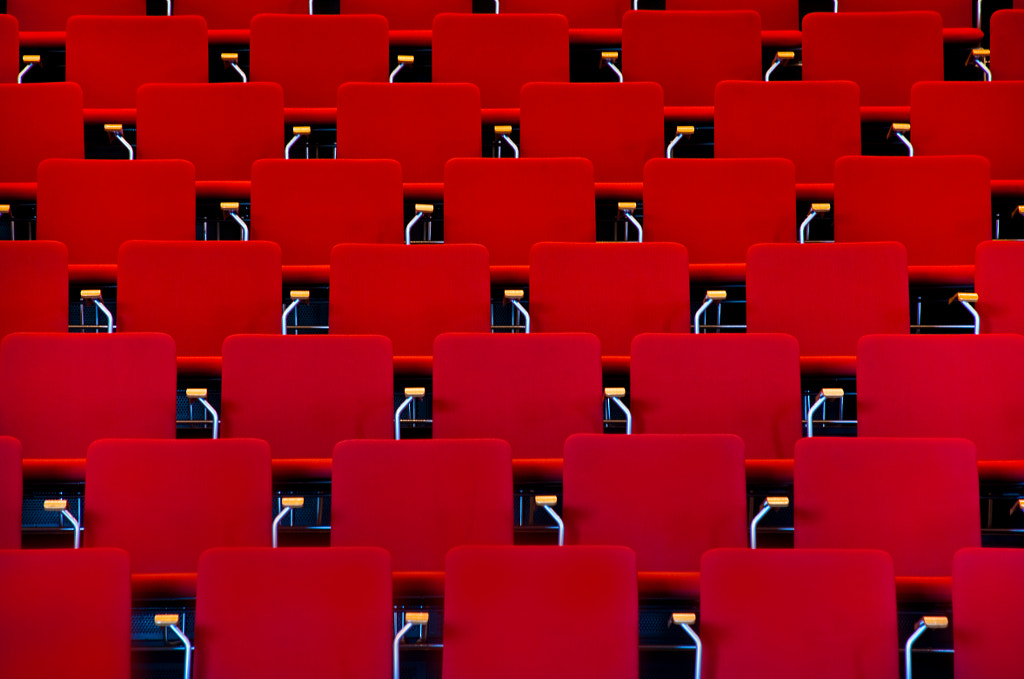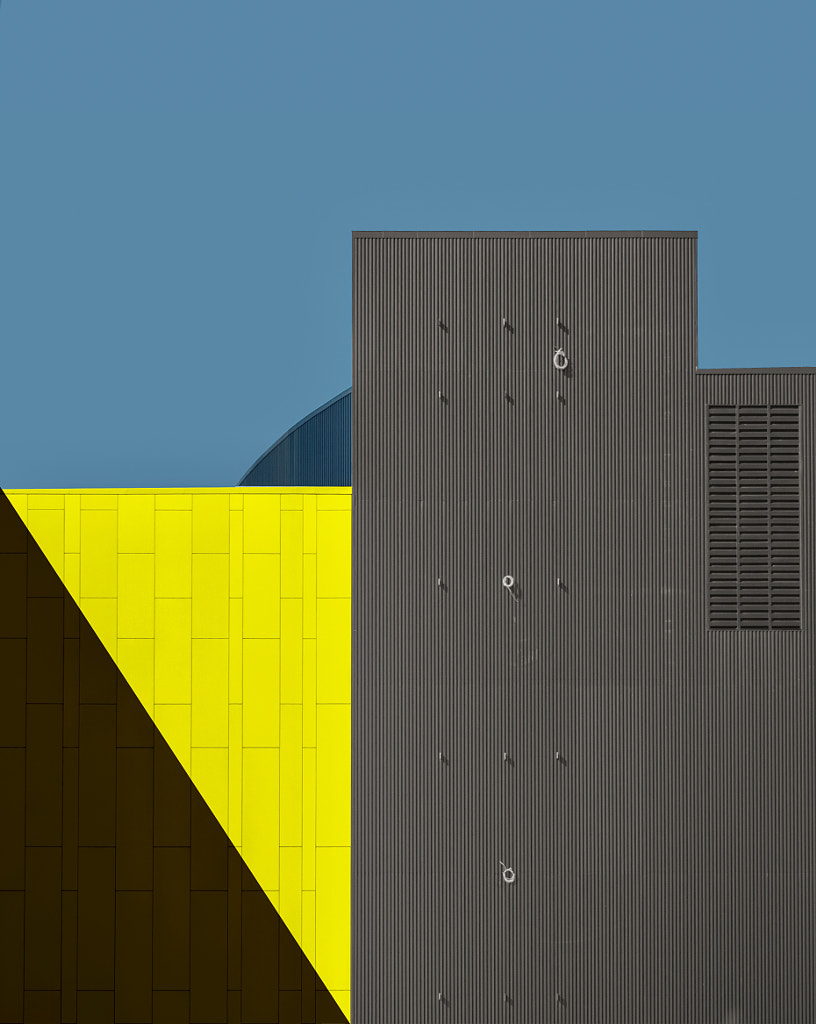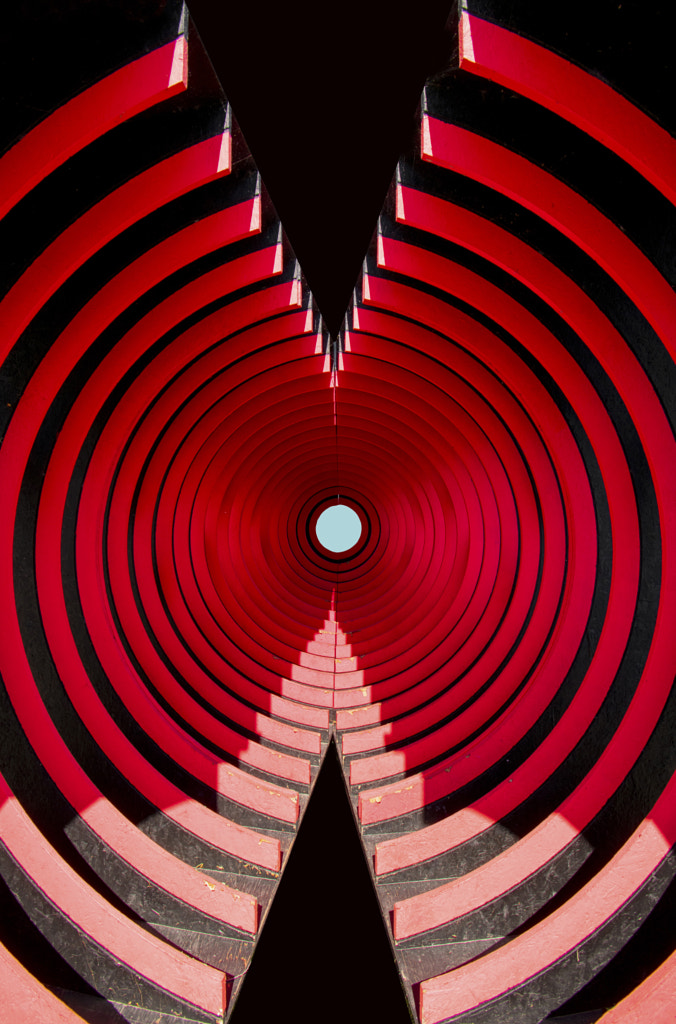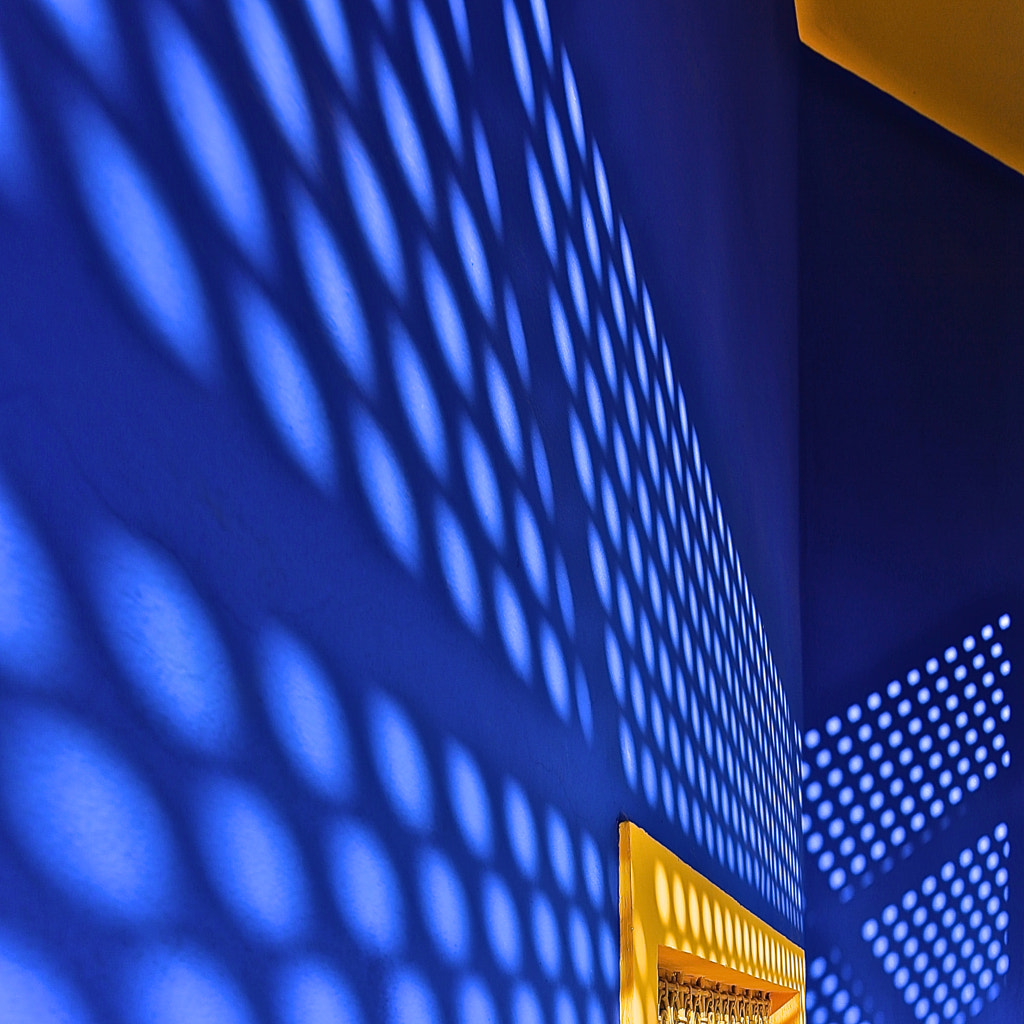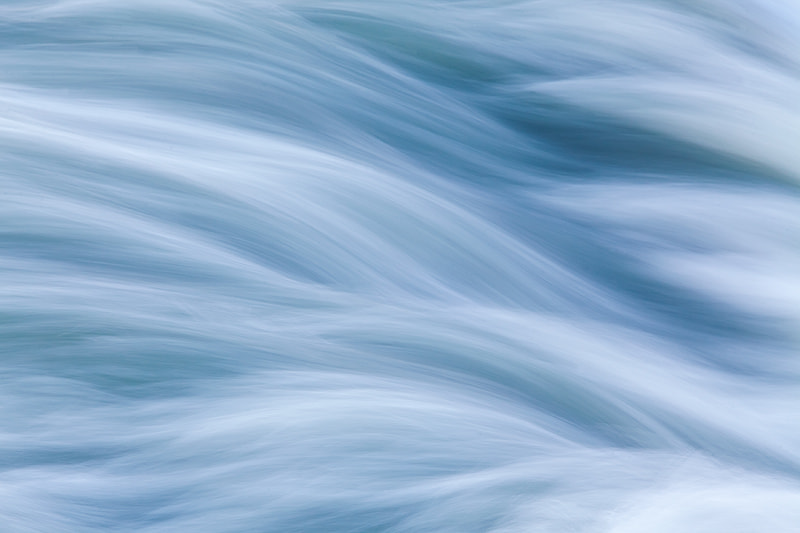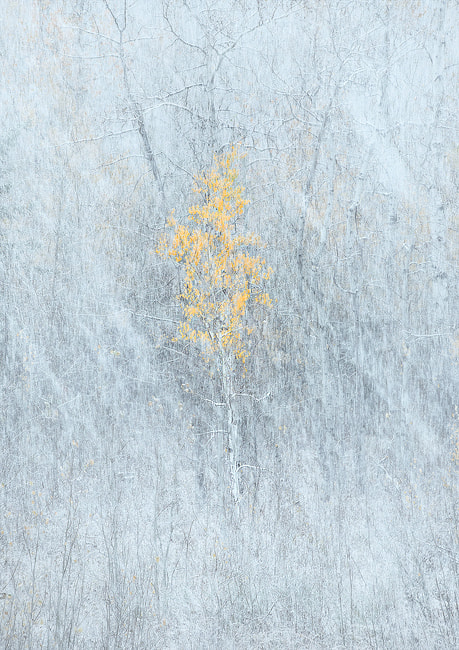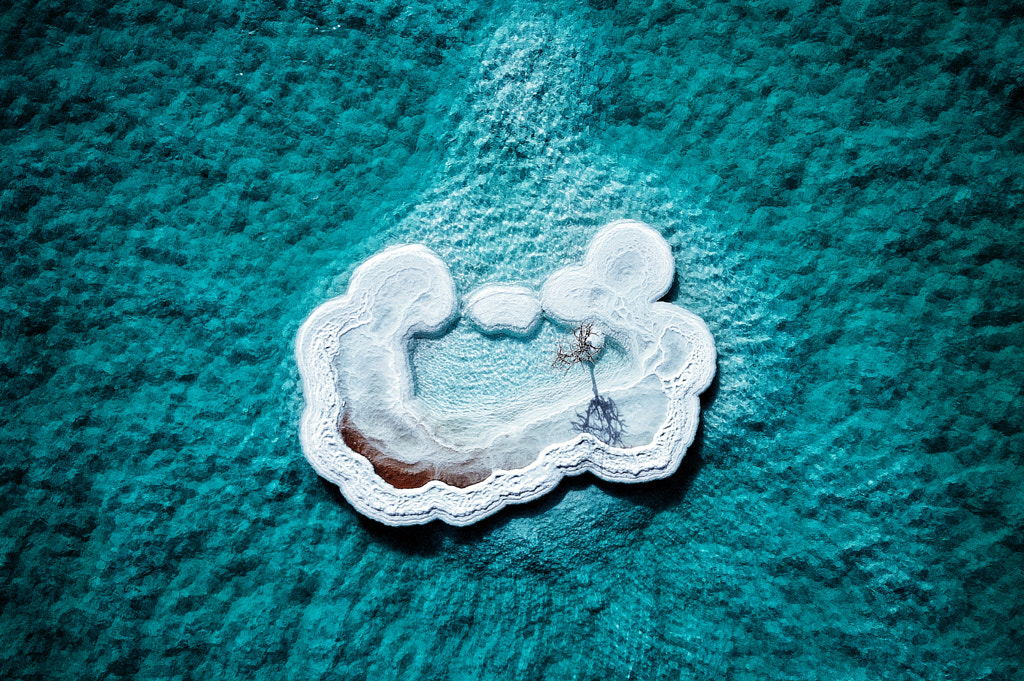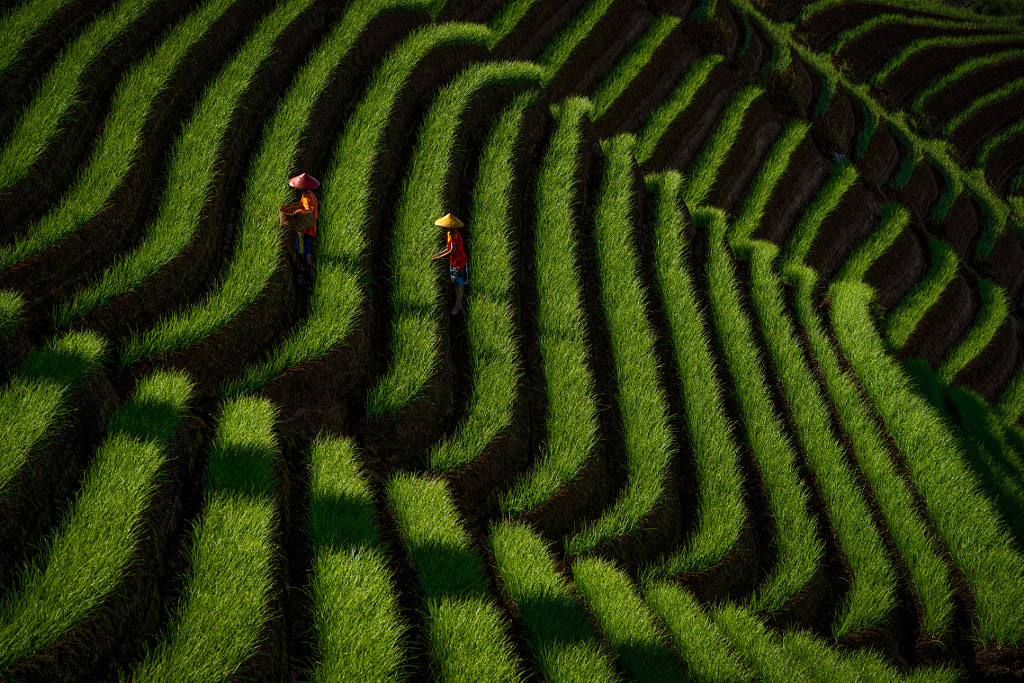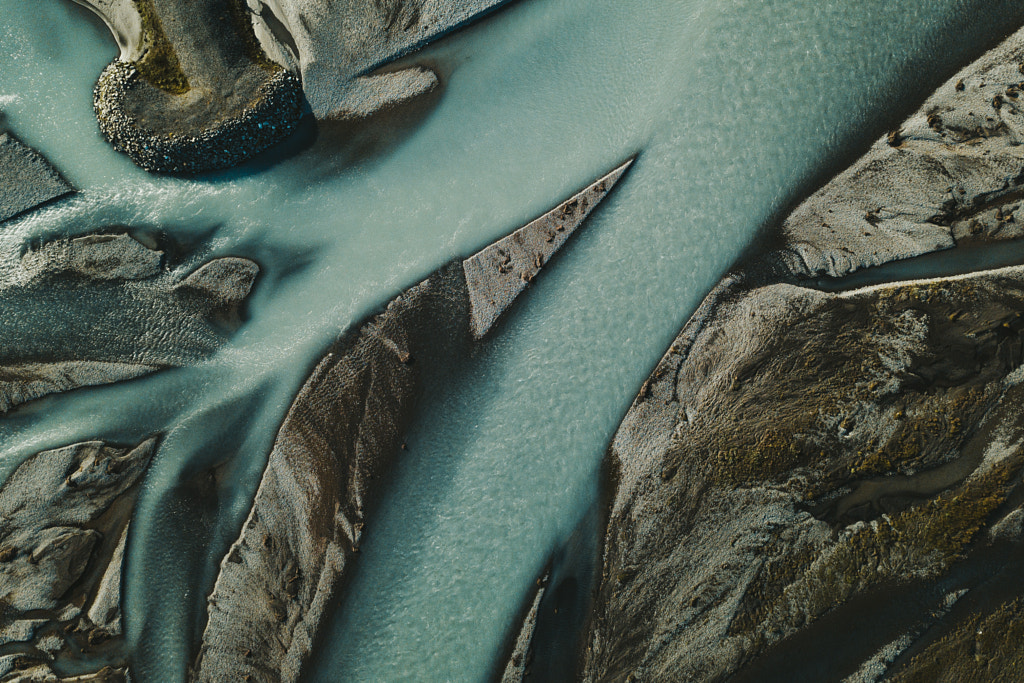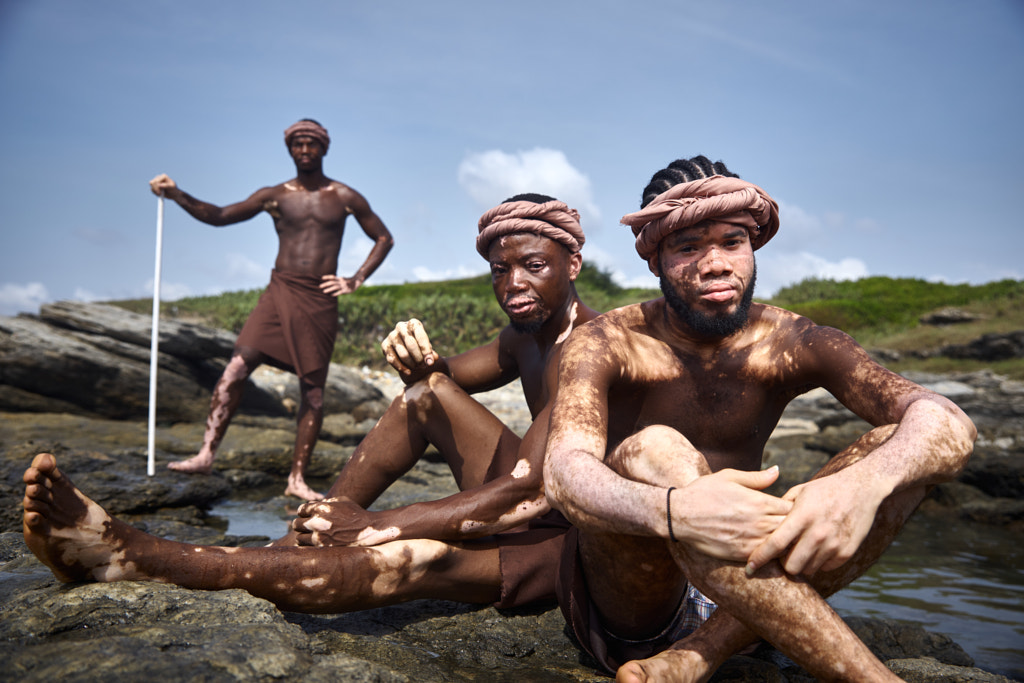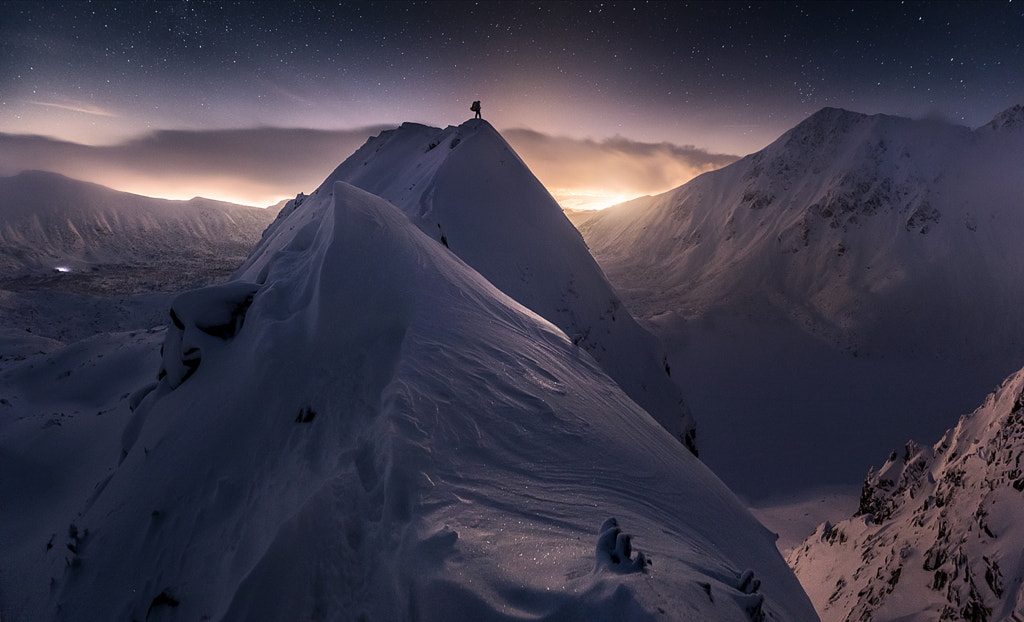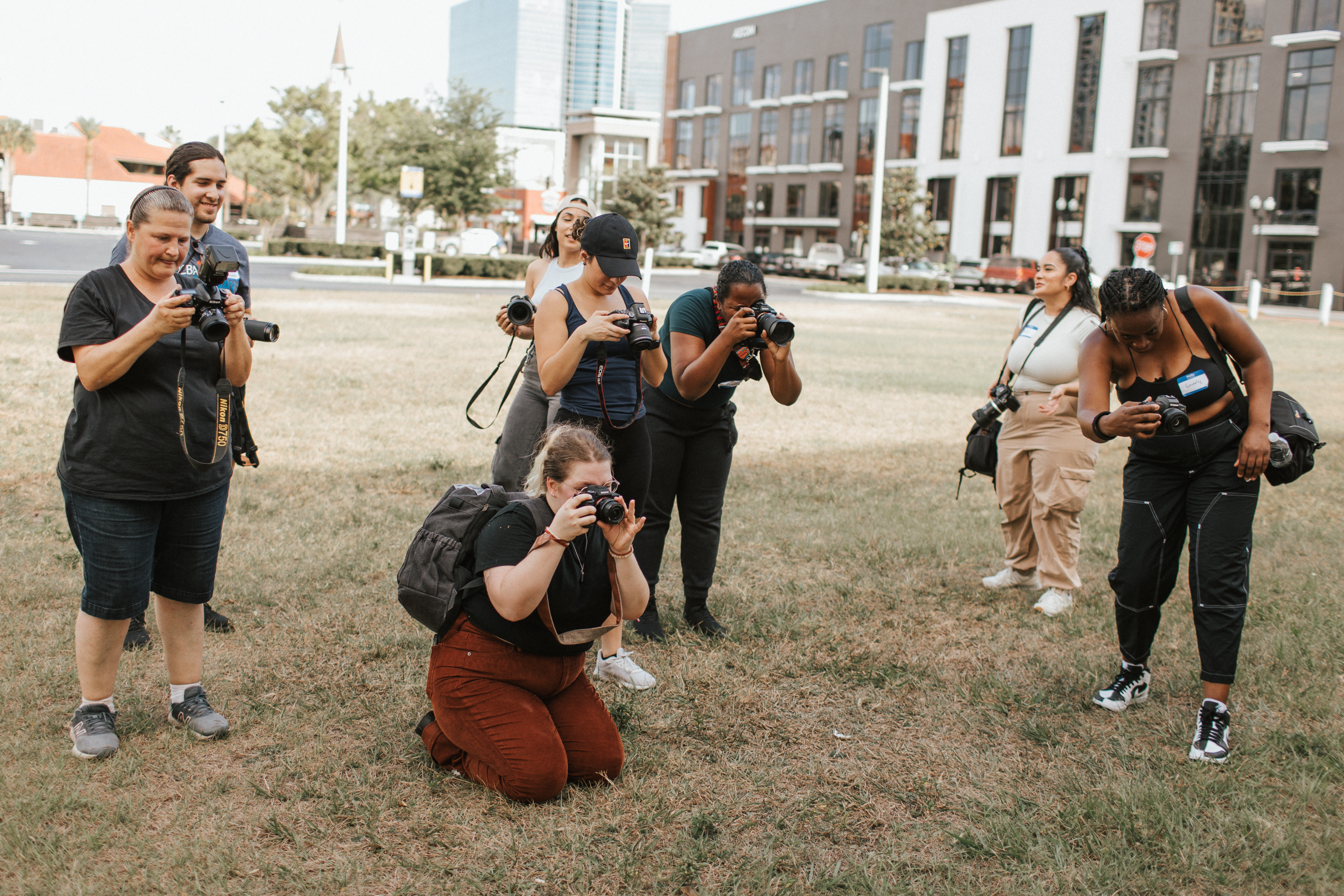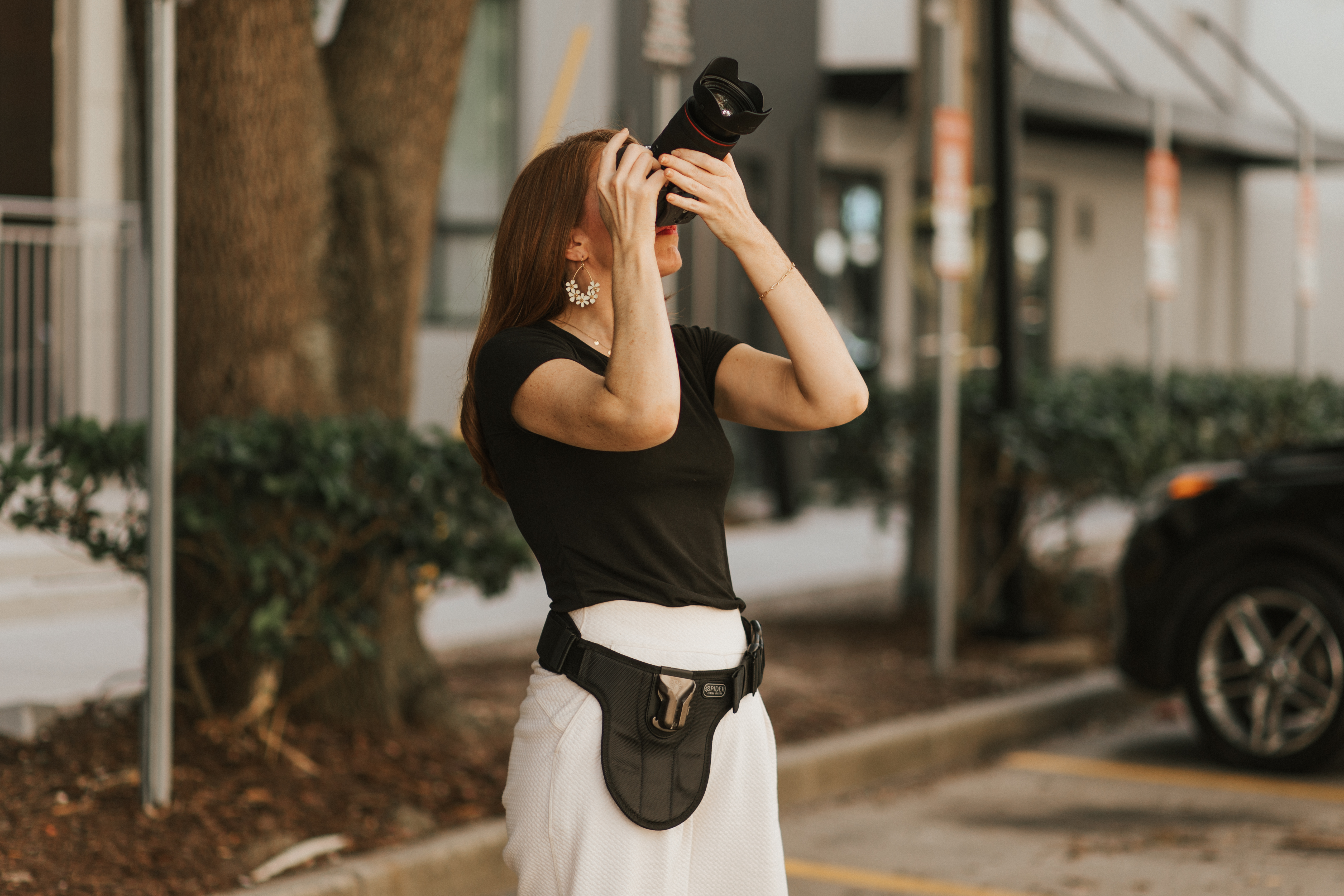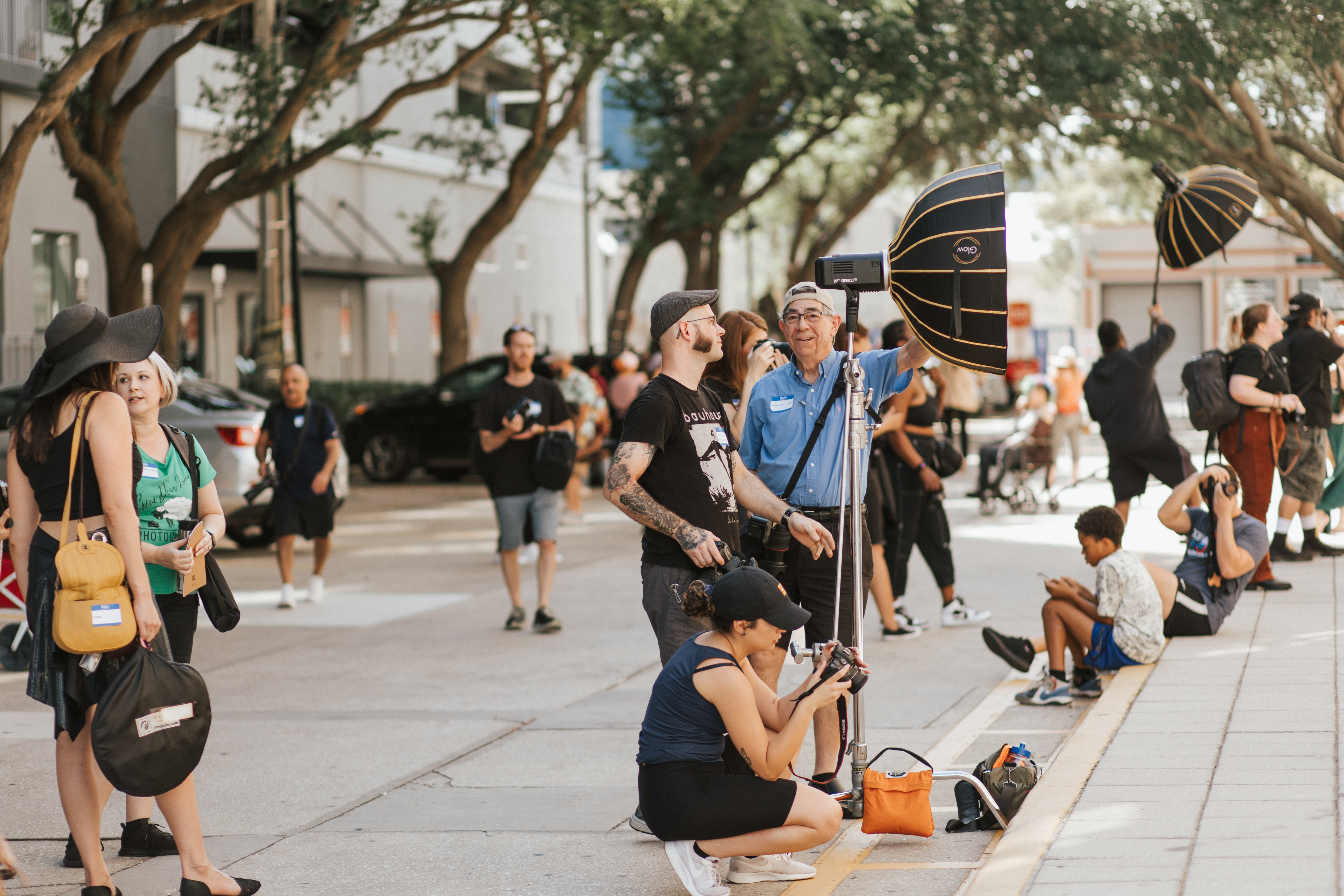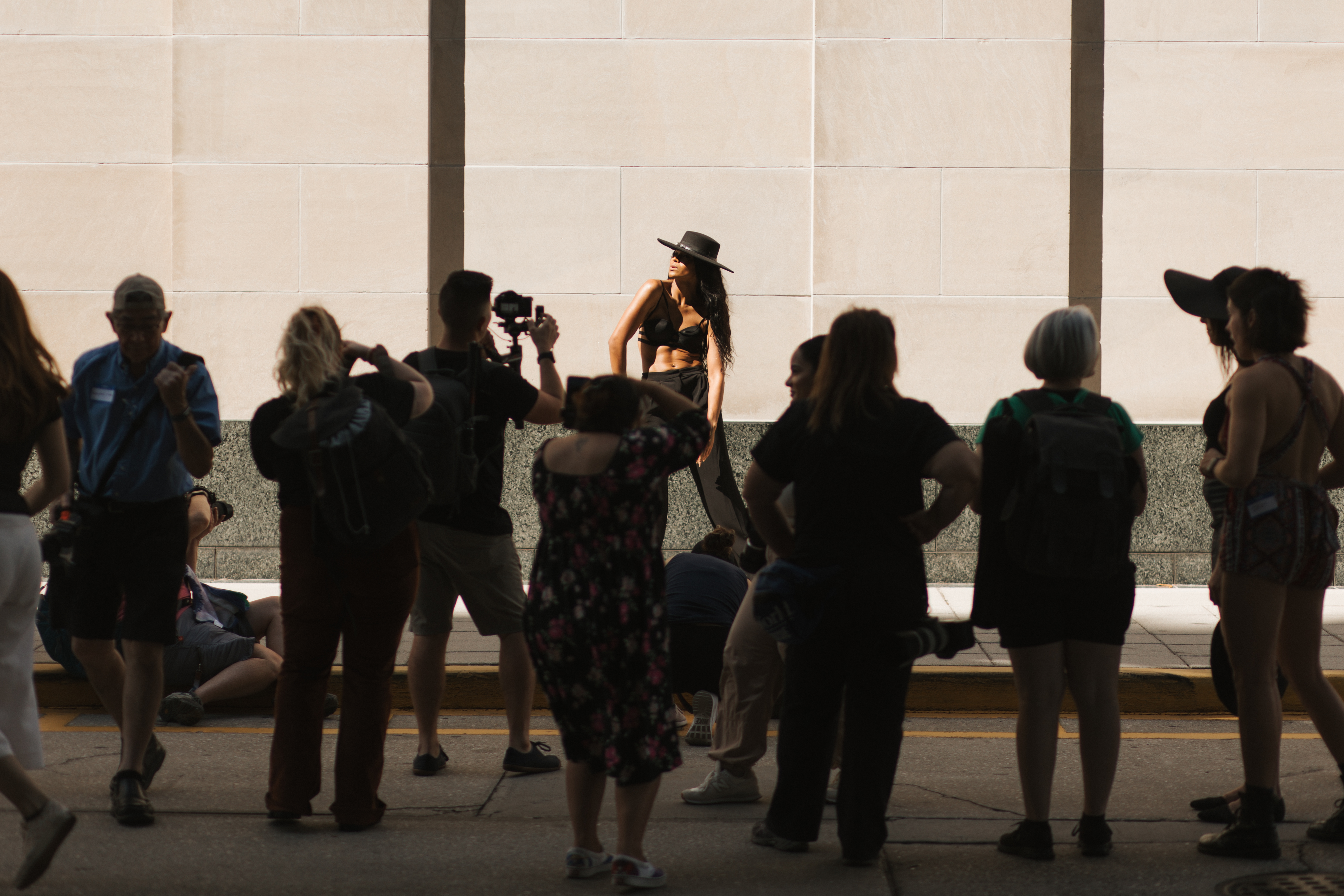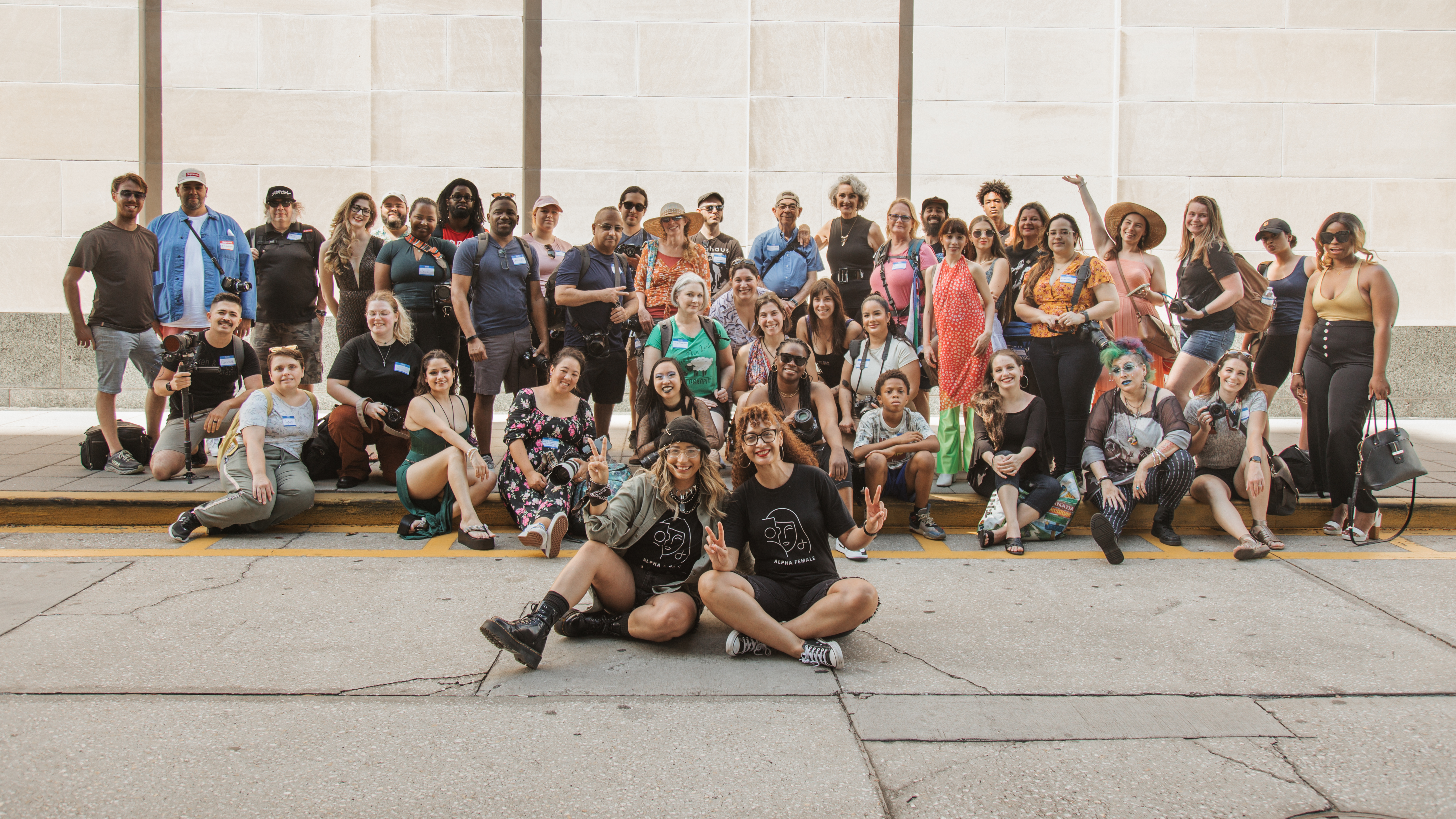The 2022 500px Global Photography Awards serves creatives working with photography and provides them a chance to showcase their skill and be rewarded for it. The second edition of the competition consisted of six categories: Technical, Storytelling, Commercial Content, Documentary, Fine Art, and Landscape. Today on the blog we’re talking with the winner of the Technical category, Mary Bel, as she walks us through the BTS of her winning image and more.
Hi Mary Bel, please introduce yourself.
I am pretty much a self-taught photographer from Orlando, Florida. Although I learned photography in college, I learned the basics on 35mm film, and developed my own negatives and prints in a darkroom. Now, that technique is more for enthusiasts and purists. So, when the world evolved to digital photography, it took me a while to come around, but I made the adjustment.
As a single mother of two, I turned to photography as a way to find solace, peace, and as therapy. At that time, I used myself as the subject of my work and practiced my technique in the form of self-portraits. I quickly realized that there was something special in using myself as the subject of my work, so I became less afraid to experiment. This led to me giving myself permission to really practice, try new techniques, experiment, and mess up without fear or embarrassment.
I have always had a great deal of admiration for old master painters. My favorite era is the Baroque, and Caravaggio is my favorite artist. So, my self-portraits have a painterly, illustrative, and conceptual feel to them. After a few years of self-portraits, I felt comfortable enough to photograph models, and apply my painterly aesthetic to them with the lighting I use, the modifiers, the models I select and the set design. It is all intentional and with purpose.
The winning image: “Remember Who You Are”
We would love to know more about your planning process. How did you prepare the set for “Remember Who You Are”?
I photographed this portrait in the living room of my home. Since it was a beauty shoot, I didn’t need much space. I used a paper backdrop by Savage Universal, the color was cocoa. I feathered the light to create some separation between my subject and the background. So, I allowed just a small hint of light to hit the background.
How did you choose your model for this shot, and did you factor in her look when setting up the studio?
I intentionally picked this model, because I have seen other portraits of her that were the total opposite of my style. I really thought her features would stand out, if I kept all the other elements minimal and in the same tone. I also loved that the model has a slight androgynous look, her short hair and beautiful cheekbones were what really caught my attention.
This was important to me because her look can really be relatable and fit so many various looks—it can be high fashion, couture, yet rural and grunge, and still can look regal. As a Latina photographer, this model reminded me of my heritage, additionally African American, Caribbean, and women and men from all over can identify and relate to her in some way.
What was your lighting setup? There are such interesting lines, shadows, and highlights within the image we’d love to know how you brought the to life.
I also intentionally gave the portrait a bit of depth, by creating intentional shadows, so the image has slight highlights, lots of midtones, and shadows.
Can you walk us through your editing process for this image?
The editing for this portrait was very meticulous. I wanted the skin to be as smooth as possible, without removing too much of her natural textures. My favorite technique to accomplish this is Dodge and Burn. I adjusted the saturation and blending of the makeup with a very light color grading, and luminosity masks to really make the makeup pop. Since she didn’t have much in terms of heavy, bold, or graphic makeup, whatever makeup she did have, I wanted to be subtle yet dynamic.
When you look at this image what do you hope it communicates to viewers?
When I look at this image, I hope to communicate that there is strength in those that are repressed. There is beauty in those that have an unconventional look. There is relatability in those who you might think is different from you. I also hope to relate that, just like the beauty of this model is eccentric, so are you. We are all special and valuable because inner beauty is found in everything and everyone.
We’d love to know more about who you are, as a photographer and as a person! Tell us a random fact about yourself that people don’t usually expect.
I am the first in my family to get married, get a divorce, graduate from high school, the first to earn a bachelors degree and a masters degree, and I am the first to own a home in my family.
I absolutely love brussels sprouts, honey BBQ chips, and wearing costumes.
How do you plan to keep developing your photographic practice?
Photography is not only my hobby, it is my job, my career, my passion, and my means of therapeutic release.
It is so incredibly satisfying to work on a personal project (like my self portraits) and express myself, and what I have learned, through visual means—like images. I also have learned so much about myself, in the process of learning photography.
When I am bored, I take photos of myself, I practice and develop different editing techniques. I play with lighting, and I absolutely love to sculpt, mold, and control light.
In my spare time, I lead photowalks, teach photography through KelbyOne.com, and constantly have creative play days where I can experiment and just have fun being creative.
Not on 500px yet? Sign up here to explore more impactful photography.
Submit to our Quests challenges to test your skills and win exciting prizes.
The post Meet the 500px Global Photography Awards Technical Category Winner appeared first on 500px.
[NDN/ccn/comedia Links]
